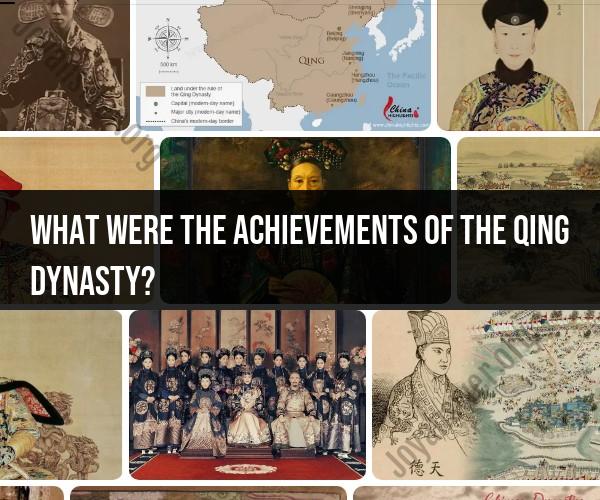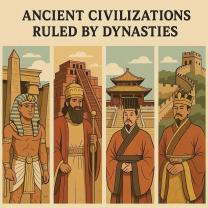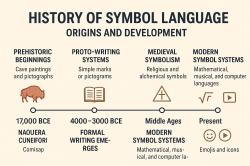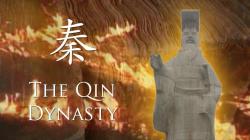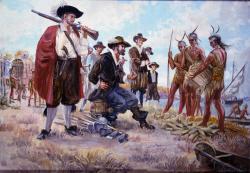What were the achievements of the Qing dynasty?
The Qing Dynasty, which ruled China from 1644 to 1912, made significant contributions and left a lasting legacy in various aspects of Chinese history and culture. Some of the notable achievements and contributions of the Qing Dynasty include:
Territorial Expansion: The Qing Dynasty significantly expanded China's territory. It reached its greatest territorial extent during the reign of Emperor Kangxi. Qing rulers consolidated and maintained control over regions such as Tibet, Xinjiang, and Taiwan.
Administrative Reforms: The Qing Dynasty introduced a sophisticated system of governance, drawing on Confucian principles. It established the Eight Banners system, which organized the population into distinct groups for both military and civilian purposes. This system helped maintain social order and provided the foundation for Qing rule.
Cultural Flourishing: The Qing Dynasty saw the development of Chinese culture in various forms, including art, literature, and philosophy. The Qing imperial court was a patron of the arts, and it contributed to the preservation and continuation of traditional Chinese cultural practices.
Kangxi Dictionary: Under Emperor Kangxi's patronage, the Kangxi Dictionary was compiled. It was a comprehensive and authoritative dictionary of the Chinese language and played a crucial role in standardizing Chinese characters and promoting literacy.
Expansion of the Grand Canal: The Qing Dynasty made significant improvements to the Grand Canal, which served as a vital transportation route for goods and played a crucial role in unifying the Chinese empire.
Military and Technological Advances: The Qing Dynasty made advancements in military technology, including the use of gunpowder, firearms, and artillery. These developments were essential for maintaining control over a vast empire.
Religious Tolerance: The Qing Dynasty adopted a policy of religious tolerance, allowing the practice of different faiths, including Buddhism, Daoism, Islam, and Christianity, within its borders. This policy promoted cultural diversity and harmony.
Manchu Influence: The Qing rulers were of Manchu origin, and they contributed to the multicultural and multiethnic character of the Qing Dynasty. They incorporated Manchu traditions and language into the imperial court.
Promotion of Trade: The Qing Dynasty promoted trade and diplomacy with neighboring countries, contributing to economic development and cultural exchange. Chinese products, including silk and ceramics, were highly sought after in international trade.
Literary and Artistic Achievements: The Qing Dynasty witnessed notable literary works, especially in the field of drama. The "Dream of the Red Chamber" is one of China's most celebrated novels. Chinese art, including porcelain and paintings, also reached new heights during this period.
Qing Legal Code: The Qing Dynasty codified and updated China's legal system, creating a set of laws and regulations that helped to standardize justice and maintain social order.
Legacy of the Imperial Examination System: The Qing Dynasty continued to use the civil service examination system as a means of selecting government officials based on merit. This system had a profound impact on Chinese society and politics.
Despite its achievements, the Qing Dynasty also faced challenges, including corruption, economic difficulties, and conflicts with Western powers during its later years. These challenges ultimately contributed to its downfall and the establishment of the Republic of China in 1912. However, the cultural, administrative, and territorial legacy of the Qing Dynasty continues to shape China's identity and heritage.
The Notable Achievements of the Qing Dynasty
The Qing dynasty was a remarkable period in Chinese history, marked by significant achievements in a wide range of areas, including:
- Economic reforms and prosperity: The Qing dynasty implemented a number of economic reforms that led to a period of sustained economic growth and prosperity. These reforms included reducing taxes, investing in infrastructure, and promoting trade.
- Cultural and artistic achievements: The Qing dynasty was a golden age of Chinese culture and art. The dynasty's emperors were patrons of the arts, and many notable works of literature, painting, and architecture were produced during this time.
- Expansion and territorial gains: The Qing dynasty expanded the Chinese empire to its greatest extent in history. The dynasty conquered new territories in Central Asia, Mongolia, and Tibet.
- Military might and technological advancements: The Qing dynasty maintained a powerful military that was able to defend the empire from external threats. The dynasty also made significant technological advancements, such as the development of new weapons and shipbuilding techniques.
Qing Dynasty's Economic Reforms and Prosperity
The Qing dynasty implemented a number of economic reforms that led to a period of sustained economic growth and prosperity. These reforms included:
- Reducing taxes: The Qing dynasty reduced taxes on farmers and merchants. This helped to stimulate economic activity and increase production.
- Investing in infrastructure: The Qing dynasty invested in infrastructure, such as roads, canals, and bridges. This made it easier to transport goods and people, which further boosted the economy.
- Promoting trade: The Qing dynasty promoted trade with other countries. This helped to increase the flow of goods and money into the empire.
As a result of these reforms, the Qing dynasty economy grew rapidly. The population also increased significantly during this time.
Cultural and Artistic Achievements Under the Qing Dynasty
The Qing dynasty was a golden age of Chinese culture and art. The dynasty's emperors were patrons of the arts, and many notable works of literature, painting, and architecture were produced during this time.
Some of the most notable cultural and artistic achievements of the Qing dynasty include:
- Literature: The Qing dynasty produced some of the greatest works of Chinese literature, including the novels Dream of the Red Chamber and The Romance of the Three Kingdoms.
- Painting: The Qing dynasty is known for its exquisite landscape paintings, as well as its portraits and genre paintings. Some of the most famous Qing dynasty painters include Bada Shanren and Shi Tao.
- Architecture: The Qing dynasty built some of the most iconic buildings in China, including the Forbidden City and the Summer Palace.
The Qing Dynasty's Expansion and Territorial Gains
The Qing dynasty expanded the Chinese empire to its greatest extent in history. The dynasty conquered new territories in Central Asia, Mongolia, and Tibet.
The Qing dynasty's expansion was driven by a number of factors, including:
- To secure the empire's borders: The Qing dynasty expanded its borders to protect the empire from nomadic tribes and other external threats.
- To increase the empire's resources: The Qing dynasty expanded its territory to gain access to new resources, such as gold, silver, and livestock.
- To spread Confucianism and Chinese culture: The Qing dynasty saw itself as the bearer of Chinese culture and civilization. The dynasty expanded its borders to spread Confucianism and Chinese culture to new peoples and lands.
Legacy and Impact of the Qing Dynasty on Modern China
The Qing dynasty had a profound impact on modern China. The dynasty's economic reforms, cultural achievements, and territorial gains helped to shape China into the country it is today.
The Qing dynasty also left behind a number of institutions and traditions that are still in place in modern China. For example, the Qing dynasty's civil service examination system was used to select government officials until the early 20th century.
The Qing dynasty came to an end in 1911 with the Xinhai Revolution. The revolution overthrew the Qing dynasty and established the Republic of China.
Despite its relatively short lifespan, the Qing dynasty was a remarkable period in Chinese history. The dynasty's achievements in economy, culture, and territorial expansion had a profound impact on China and the world.
